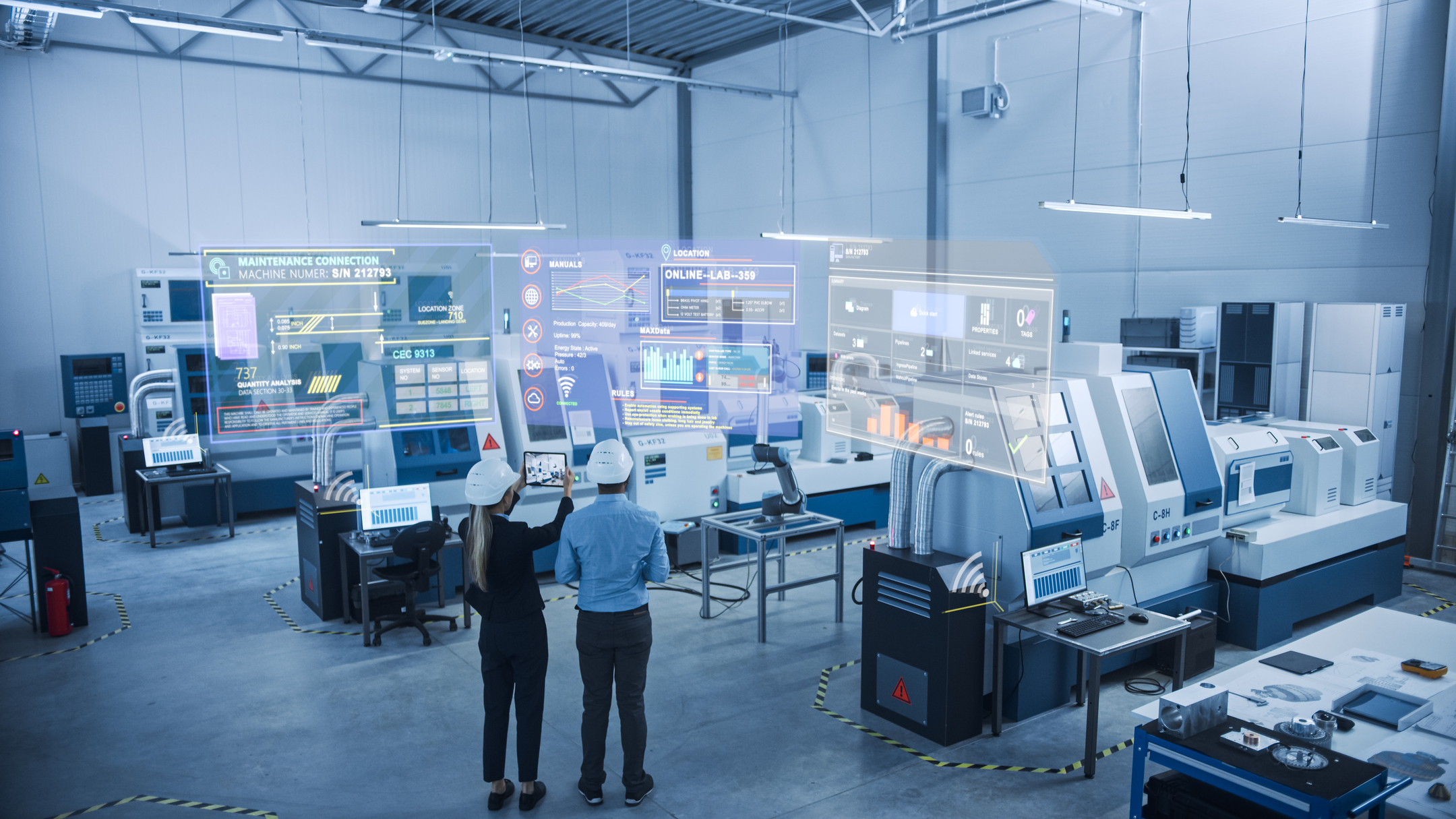AI is expanding the boundaries of the digital world

With each passing year, artificial intelligence grows larger, smarter and more capable – extending to cover a greater number of roles and take over an increasing number of tasks previously exclusive to humans. However, simply taking over existing tasks from humans is far from the limit of what AI is capable of. Thanks to its unparalleled ability to handle vast quantities of data and discern patterns within it, AI is enabling new and never before seen ways of interacting with software and even computers themselves.
In the first part of this series I examined the ways AI is reshaping the user experience, then in the second part expanded that to look at the ways AI is automating mundane tasks. Now, in this final part, I’ll look at some of the ways AI is redefining the boundary of what is possible between the real and the virtual world.
Exploring a wider design space
When it comes to designing a new product, time is always at a premium with a need to meet a tight deadline. As a result, design space exploration is only allotted a limited amount of time. Now, tools such as HEEDS, part of the Siemens Xcelerator portfolio, support AI-driven generative design. Generative design and engineering are not new practices but now, thanks to the increasing power of AI, it is now possible to explore a much broader design space. Based on the requirements and functional parameters, AI engines can generate and evaluate a much broader range of solutions in a shorter timeframe than a human engineer could. This process enables not only the ability to generate conventional designs faster but also creates the possibility for unconventional designs to emerge.
When creating a new product, a human engineer will naturally fall back on their training and build on past, similar work to reach a new design. There is nothing inherently wrong with this approach because traditionally it was the only one available. AI doesn’t have to work that way. Rather than building up a design based on prior work, an AI-driven generative design process explores an incredibly broad set of potential designs— hundreds Vs dozens—to find a solution that meets all the requirements for a project. This is already visible in the additive manufacturing space, where generatively designed parts with odd and complex geometries are being designed by AI to perfectly meet a specific demand while significantly reducing the amount of material required. Eventually this process may expend beyond single parts to entire system designs, a true leap forward in design that would be impossible with human ability alone.
Breaking down the human-computer barrier
AI isn’t only automating away the manual work done on a computer, it is also redefining the way we as humans interact with the digital world. While interfaces like the keyboard, mouse and touchscreen have become ubiquitous in the modern era, they fail to capture the full breadth of ways in which a human can interact with the world around them. This is changing thanks to AI’s ability to parse more abstract types of data inputs, which is a path the Siemens NX team is currently pursuing.
When it comes to human-computer interaction, voice command powered by AI-driven natural language processing (NLP) is the most prevalent example, such as the digital assistants found in smartphones. While this functionality is one of the most well-known, for tools like NX it is only the beginning. Gesture controls for grabbing, selecting and manipulating 3D objects allow users to interact with digital models in the same intuitive way they would real parts – both on the screen and within the immersive world of VR. These techniques are enabled thanks to AI’s ability to process movement, body position and speech in the context of a particular tool or project in real time. When these techniques are combined with AI’s ability to learn commonly used functions and patterns, the 3D design process can be made nearly as intuitive as working with real parts in the real world.
The wide world of AI
The potential benefits of AI are huge, offering everything from assistance to automation with possibilities, in some respects, unbounded beyond even human imagination. With these possibilities in mind, AI has the potential to radically alter the way we interact with complex tools and providing a bridge to translate the human experience seamlessly into the virtual world and back again.
Siemens Digital Industries Software helps organizations of all sizes digitally transform using software, hardware and services from the Siemens Xcelerator business platform. Siemens’ software and the comprehensive digital twin enable companies to optimize their design, engineering and manufacturing processes to turn today’s ideas into the sustainable products of the future. From chips to entire systems, from product to process, across all industries. Siemens Digital Industries Software – Accelerating transformation.


